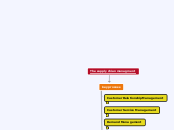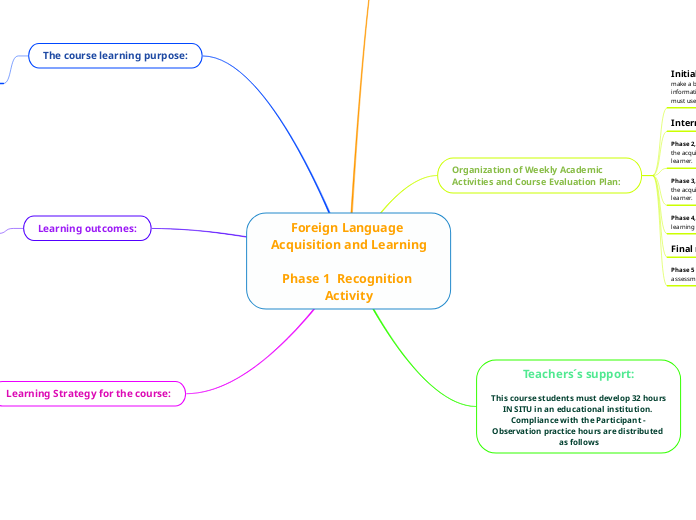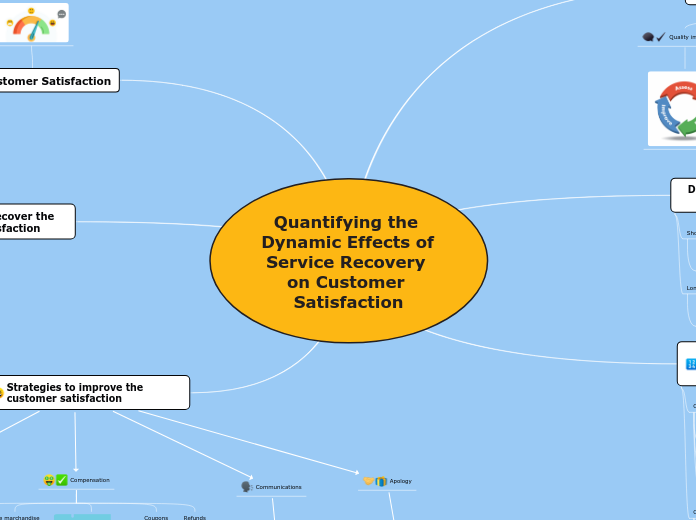The supply chian managment
key process
Returns Management
Por favor dar click en el signo + para dezplegar las otras pestañas
Analyze Returns and Measure Performance
Credit Consumer/Supplier
Select Disposition
Receive Returns
Determine Routing
Receive Return Request
Determine Secondary Markets
Develop Credit Rules
Develop Return Network and Flow Options
Develop Avoidance, Gatekeeping & Disposition Guidelines
Review Environmental & Legal Compliance Guidelines
Product Development and Commercialization
Measure Process Performance
Product Rollout
Determine Channels
Make/Buy Decision
Design & Build Prototypes
Formalize New Product Development Project
Establish Cross-functional Product Development Team
Define New Products & Assess Fit
Establish New Product Project Guidelines
Develop Product Rollout Issues & Constraints
Establish Guidelines for Cross-functional Product Development Team Membership
Develop Idea Generation and Screening Processes
Review Sourcing, Manufacturing & Marketing Strategies
Supplier Relationship Management
Measure Performance and Generate Supplier Cost/Profitability Reports
Develop Product/Service Agreement and Communication Plan
Identify Opportunities with de suppliers
Internally Review the Supplier/ Supplier Segment
Prepare the Supplier/Segment Management Team
Differentiate Suppliers
Develop Guidelines for Sharing Process Improvement Benefits with Suppliers
Provide Guidelines for the Degree of Customization in the Product/Service Agreement
Identify Criteria for Categorizing Suppliers
Review Corporate, Manufacturing and Sourcing Strategies
Manufacturing Flow Management
Synchronize Capacity and Demand
Manufacturing & Material Planning
Determine Routing & Velocity through Manufacturing
Determine Manufacturing Capabilities
Identify Manufacturing Constraints and Requirements
Determine Push/Pull Boundaries
Determine Degree of Manufacturing Flexibiltiy Requirement
Review Manufacturing, Sourcing, Marketing & Logistics Strategies
Order Fulfillment
Perform Post Delivery Activities & Measure Performance
Deliver Order
Pick Order
Handle Documentation
Process Order
Enter Order
Generate & Communicate Order
Define Plan for Order Fulfillment
Evaluate Logistics Network
Define Requirements for Order Fulfillment
Review Marketing Strategy, Supply Chain Structure & Customer Service Goals
Demand Management
Measure Performance
Increase Flexibility and Reduce Variability
Synchronize
Forecast
Collect Data/Information
Develop Contingency Managment System
Determine Synchronization Procedures
Plan Information Flow
Determine Forecasting Approaches
Customer Service Management
Monitor and Report
Implement Solution
Evaluate Situation and Alternatives
Recognize Event
Strategic Sub-Processes
Develop Infrastructure for Implementing Response Procedures
Develop Response Procedures
Develop Customer Service Strategy
Customer Relationship Management
Operational Sub-Processes
Measure Performance and Generate Profitability Reports
Implement the Product/Service Agreement
Develop the Product/ Service Agreement
Identify Opportunities with the Accounts
Internally Review the Accounts
Prepare the Account/Segment Management Team
Differentiate Customers
Strategic Sub-processes
Develop Guidelines for Sharing Process Improvement Benefits with Customers
Develop Framework of Metrics
Provide Guidelines for the Degree of Differentiation in the Product/Service Agreemen
Identify Criteria for Categorizing Customers
Review Corporate and Marketing Strategy









